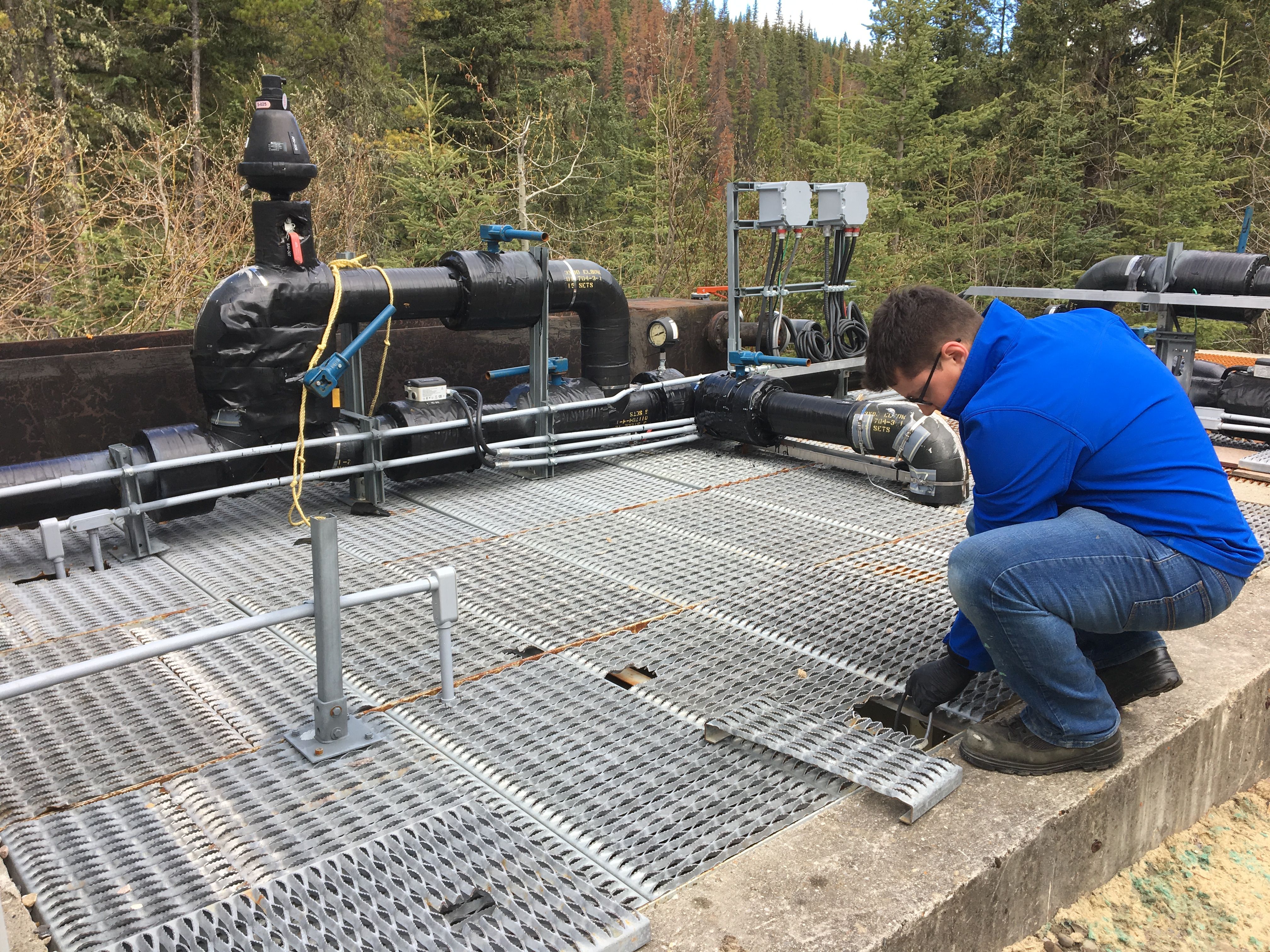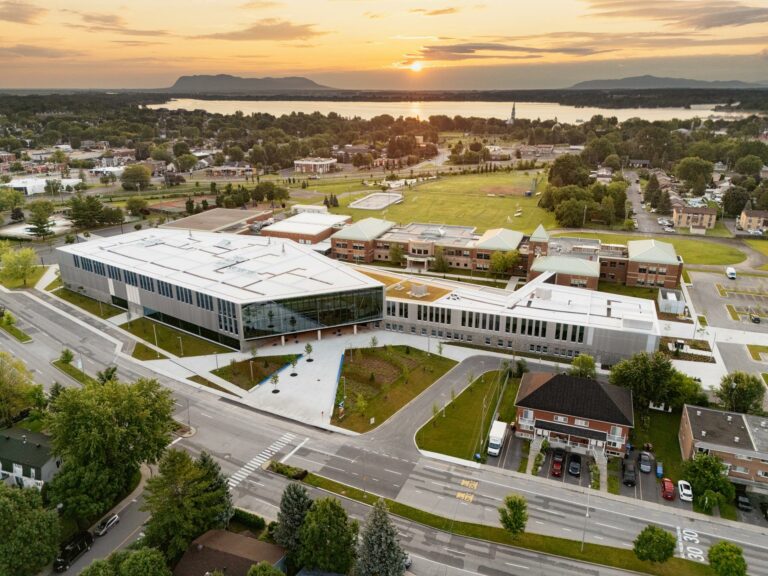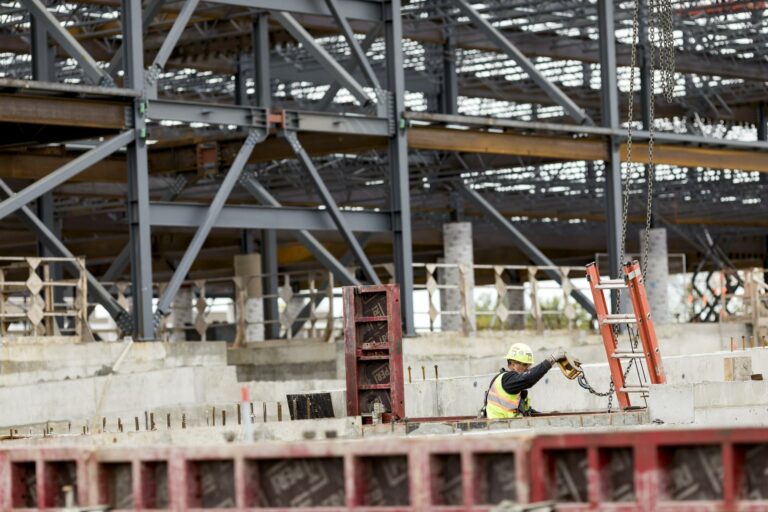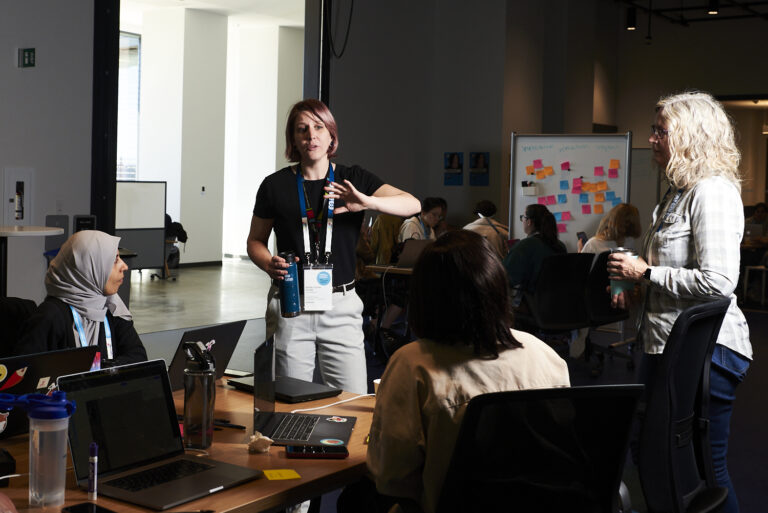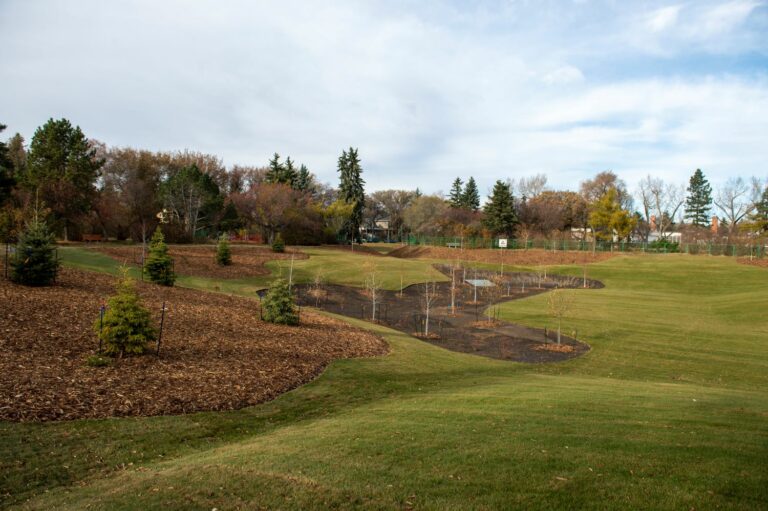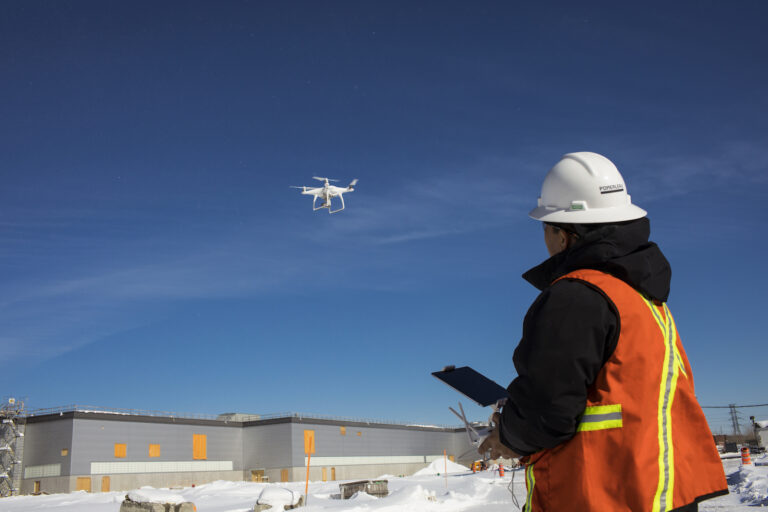SENTRY is now providing Parks Canada wastewater treatment operators with the ability to remotely monitor wastewater treatment plant performance in real-time at four park locations in the Rocky Mountains. The SENTRY team installed four SENTRY systems in a variety of wastewater treatment systems, across three of Canada’s National Parks in the Spring of 2019. The installations were aimed to help operators better understand health of biology and treatment plant performance through the fluctuation of tourism seasons. The installations are relevant for operators of return activated sludge (RAS), enhanced on-site septic, rotating biological contactors (RBC) and membrane bio-reactor (MBR) treatment plants.
Quote from Dwayne Doucette; Water and Wastewater Engineer, Architectural and Engineering Services, Parks Canada / Government of Canada
“IWT’s Sentry-BOD has been providing real-time feedback on wastewater strength at several of our treatment plants across the Agency. The data is presented in a simple, graphical format, which helps us to better understand our operations and treatment plant performance. We are learning how BOD varies throughout the day and how plant performance responds at various locations within the treatment process. We expect Sentry-BOD will also provide insight into plant upsets and help us with design criteria for future upgrades at test sites and other sites across the agency.”
Banff National Park (Alberta): was chosen as the location for 2 SENTRY installations – at Lake Louise and Johnson Canyon.
- Lake Louise WWTP acts as a year-round operated Return Activated Sludge (RAS) plant (4,137 m3-day capacity) with an onsite operations team. The Lake Louise WWTP operators worked with the SENTRY team to install sensors on the influent and effluent of the aerated bioreactor to monitor the overall treatment efficiency of the process. The plant experiences a large range of fluctuations in loading throughout the year due to seasonal and small industry sources. Using the SENTRY dashboard, operators and SENTRY staff can remotely monitor daily and weekly trends in performance of the aeration system.
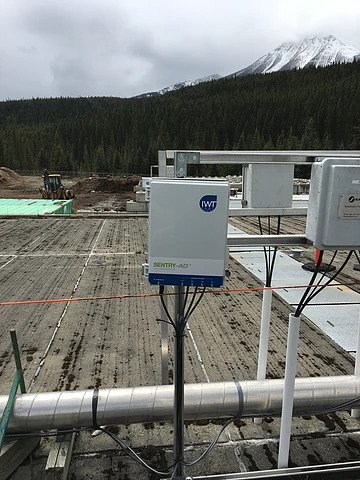
- Johnson Canyon WWTP has an enhanced Bionest septic system design with an extended aerated fixed film reactor that disperses to multiple conventional beds. The location is remote, not having an operator onsite daily with a peak daily capacity of 22 m3-day. SENTRY has installed sensors to monitor the treatment efficiency of the fixed film reactor as well monitor the final system effluent. Key goal here is to understand if excess organic loading is being directed to the leach field during the Summer season when increasing people are visiting the area.
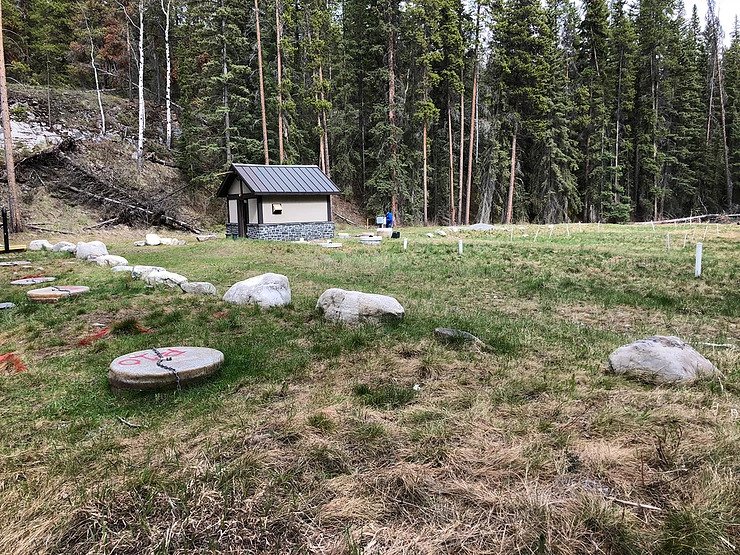
Jasper National Park, (Alberta):
- Miette Hot Springs WWTP design is based around dual Rotating Biological Contactors and disk filters prior to effluent. Sensors were installed to monitor influent and effluent wastewater quality. The SENTRY installation team saw benefit to Parks Canada being able to remotely monitor the performance of the key treatment equipment. This is a relatively small plant with a peak flow capacity of 420 m3-day and does not have full-time, on-site operators. Using the SENTRY online dashboard and alerts system, the most local operator can schedule maintenance based on imbalance notifications from the biology in the treatment plant.
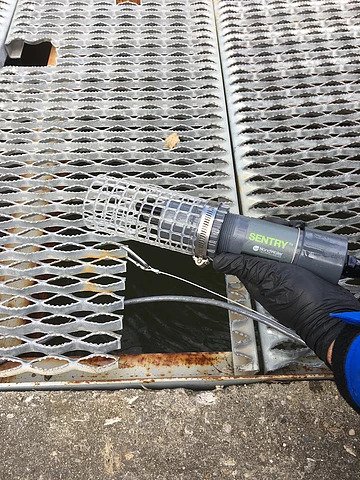
Yoho National Park, (British Columbia):
- Field WWTP has a daily capacity of 477 m3 with treatment based on a membrane bio-reactor (MBR). MBR treatment plants typically require a high level of operator input and this is the case here with operators making frequent visits from Lake Louise to check the system and perform maintenance during the Summer season. The SENTRY sensors are installed at 4 key process locations through-out the process providing key insight on plant performance and real-time alerts to key biological imbalance events. Sensors monitor pre- and post MBR biological performance, helping operators to understand if key treatment standards are being maintained and if on-site maintenance is required. By remotely observing the daily trends on the SENTRY dashboard, operators can decrease the frequency and dependency of check-ins at the station.
For Installation guide please contact us.

